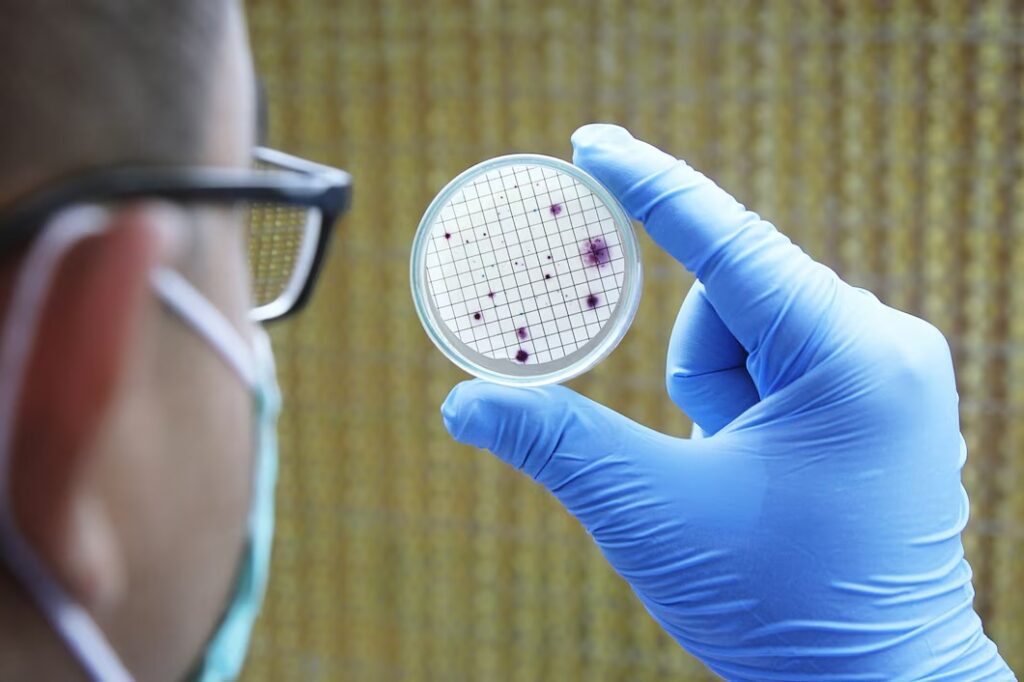
When I first began working in biopharmaceutical research, I quickly learned that every step of the development process carries an enormous responsibility. It’s not just about producing an effective drug; it’s also about ensuring that the product is safe for patients. One of the most critical aspects of this process is Host Cell Protein (HCP) analysis. At first glance, it may sound like just another technical requirement, but the purpose of HCP analysis reaches far beyond compliance—it safeguards patient health, maintains product quality, and supports regulatory approval.
Understanding the Basics of HCPs
Host Cell Proteins are trace amounts of proteins that originate from the cells used to produce biopharmaceutical products. Since most biologics are manufactured in living cells, such as Chinese Hamster Ovary (CHO) cells or E. coli, residual proteins from the host can remain in the final drug product. Even at extremely low concentrations, these proteins have the potential to cause immune reactions or impact the drug’s stability.
When I first encountered HCP discussions in project meetings, I realized that no matter how advanced our purification steps were, it was impossible to remove every single trace of these proteins. That is exactly why HCP analysis becomes a cornerstone of biopharmaceutical development—it identifies, quantifies, and monitors these proteins to ensure that they remain within safe limits.
Why HCP Analysis Matters
The main purpose of HCP analysis is patient safety. If an HCP contaminant is immunogenic, it can trigger harmful immune responses in patients. Imagine taking a drug to treat a serious condition, only to have your body reject it because of unintended proteins—it’s not a risk any scientist or regulatory agency would accept.
Beyond patient safety, HCPs can also affect product quality. Certain host proteins may degrade the therapeutic protein, reducing its potency and shelf life. Others might interfere with the drug’s mechanism of action. By performing thorough HCP analysis, developers like me can identify risks early, make adjustments in purification processes, and demonstrate to regulators that our drug meets stringent safety standards.
Supporting Regulatory Approval
One of the most challenging aspects of drug development is meeting regulatory requirements. Agencies like the FDA and EMA mandate rigorous testing for HCPs, expecting developers to provide detailed evidence of their detection, quantification, and control. Without solid HCP analysis data, a biologic drug would face serious delays or outright rejection.
From my experience, regulators don’t just want to see that you performed HCP testing; they want proof that your assays are robust, sensitive, and reliable. This pushes biopharmaceutical companies to continuously refine their methods and validate their assays thoroughly. In many ways, regulatory expectations drive innovation in analytical techniques.
Methods Used in HCP Analysis
When I worked on a project involving monoclonal antibodies, I saw firsthand the importance of selecting the right method for HCP detection. The most common method is ELISA (enzyme-linked immunosorbent assay), which uses antibodies raised against host proteins to detect contaminants. ELISA is sensitive, cost-effective, and widely accepted, making it a go-to choice.
However, ELISA does have limitations, particularly when it comes to detecting all possible host proteins. That’s where mass spectrometry comes in. This technique allows us to identify and quantify a broader range of HCPs, offering deeper insights into the purification process and the nature of the residual proteins. By combining ELISA with mass spectrometry, researchers achieve a more complete understanding of HCP profiles.
The Role of HCP Analysis in Process Development
For me, HCP analysis is not just a test performed at the end of production. It’s an ongoing tool throughout process development. By analyzing samples at different purification stages, scientists can track where host proteins are most likely to remain and adjust purification strategies accordingly. This proactive approach ensures that by the time the final product is ready, the HCP levels are already under tight control.
I’ve found that this integration of HCP testing into early development saves time and resources later. It helps avoid costly setbacks during scale-up or regulatory submission, where undetected HCPs could otherwise derail the entire project.
Real-World Implications for Patients
Whenever I talk about HCP analysis, I remind myself that behind every test tube and data set, there’s a patient waiting for treatment. The consequences of overlooking HCPs are not just technical—they’re personal. A patient receiving a biologic drug expects relief, not unexpected side effects caused by impurities. This perspective keeps the purpose of HCP analysis clear: it is ultimately about protecting lives and delivering therapies that patients can trust.
Partnering with Experts
Given the complexity of HCP analysis, many biopharmaceutical companies rely on specialized laboratories to conduct this testing. Teams that dedicate their expertise to protein analysis ensure that results are accurate, reproducible, and aligned with regulatory expectations. Working with a reliable partner like Kendrick Labs, Inc gives developers confidence that their HCP testing is handled with precision and scientific rigor.
Looking Ahead
The future of HCP analysis is evolving alongside advances in biologics and biosimilars. As therapies become more complex, especially with new modalities like gene therapies and cell-based products, the challenges of HCP detection will grow. I believe that the integration of advanced analytical platforms, machine learning, and improved purification technologies will continue to raise the bar for safety and effectiveness.
But no matter how the tools change, the purpose of HCP analysis remains constant: to protect patients, ensure quality, and support regulatory approval.
Final Thoughts
Through my own work, I’ve learned that HCP analysis is not just a technical box to check off—it is a fundamental practice in biopharmaceutical development. It represents the intersection of science, safety, and responsibility. Every accurate test, every validated method, and every clean data set brings us closer to delivering therapies that make a difference in people’s lives.
If you want to learn more or need expert guidance on protein analysis, Go to the Website and Click This Link https://kendricklabs.com/2d-gel-western-blotting/. Taking the step to understand HCP testing in depth could make all the difference in ensuring your biopharmaceutical product reaches patients safely and effectively.



